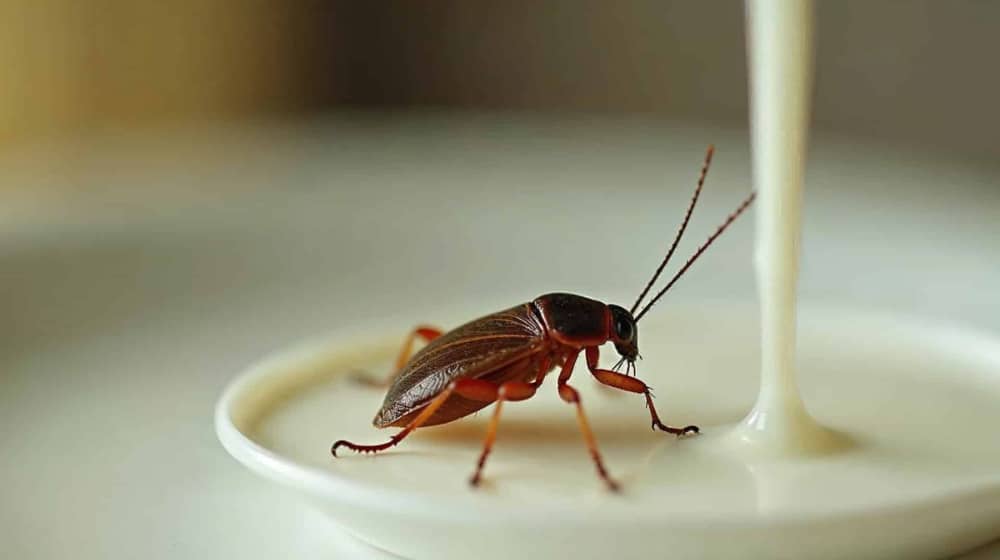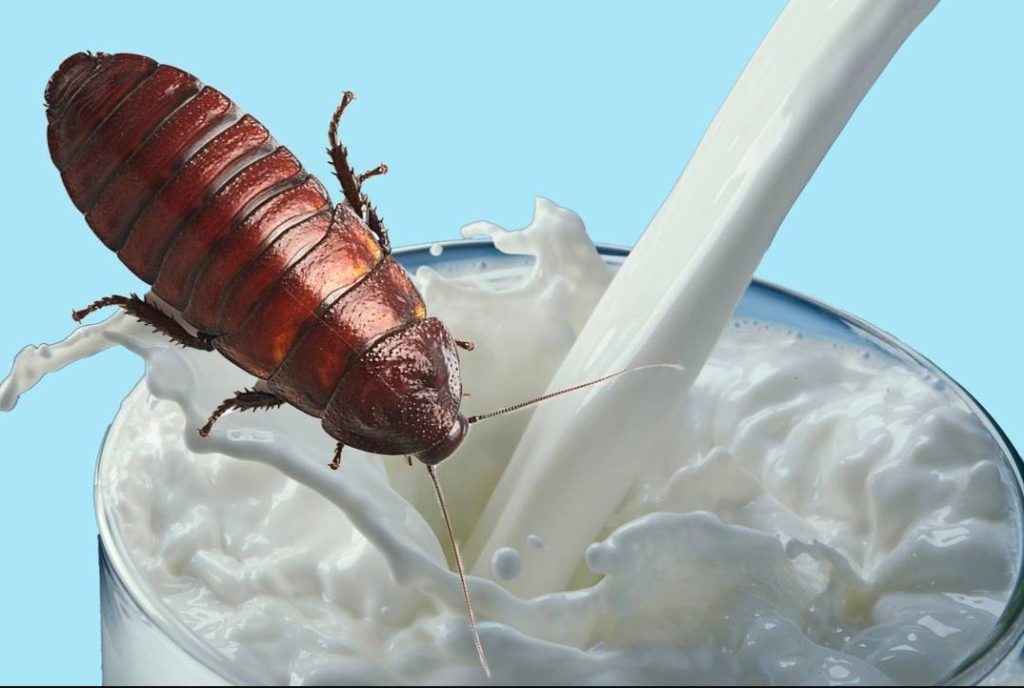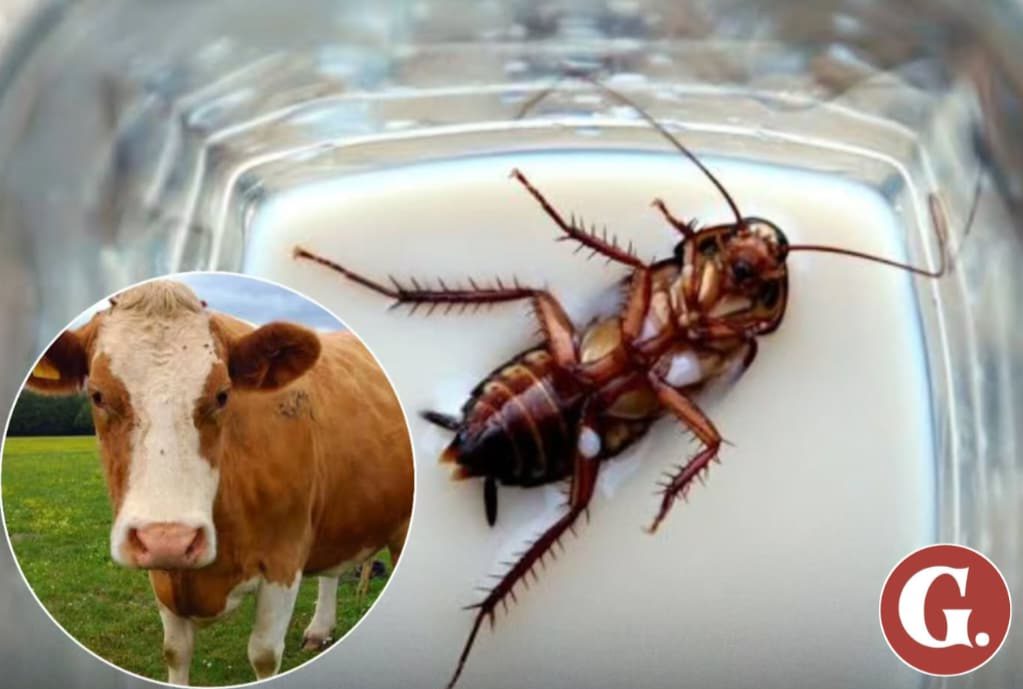Why Scientists Believe Cockroach Milk Could Be the Future Superfood That’s Three Times Healthier Than Cow’s Milk
When I first read the phrase “cockroach milk,” I almost laughed out loud. It sounded like a bizarre headline from one of those odd science magazines that try to stir curiosity by linking everyday foods to the strangest creatures. But the more I dug into it, the more I realized this wasn’t a joke at all. It’s an actual discovery that scientists are taking very seriously, and it might change the way we think about food in the years ahead.

The story begins with a type of cockroach known as Diploptera punctata. Unlike most cockroaches that simply lay eggs, this species gives birth to live young. To nourish its offspring, the female produces a crystal-like substance often referred to as “cockroach milk.” Scientists studying this unique process discovered something remarkable: the milk is packed with nutrients in a way that puts many traditional foods to shame. Laboratory tests revealed that these crystals are made up of proteins, fats, and sugars in perfect balance, and they even contain all the essential amino acids that humans need to survive. In simple terms, it’s a complete food source.
What really caught my attention was the comparison to cow’s milk. Researchers found that cockroach milk contains three times more energy than cow’s milk, making it a potential powerhouse for nutrition. Imagine the kind of impact something like that could have if it were made safe and available for humans on a large scale. Athletes looking for extra fuel, children in parts of the world suffering from malnutrition, or even people searching for more sustainable dietary options could all benefit from such a discovery.

Another important piece of the puzzle is the environmental angle. Raising cows requires huge amounts of water, land, and feed. It also creates a significant carbon footprint that is increasingly becoming a concern as the world battles climate change. Cockroaches, on the other hand, are small, resilient, and cheap to keep. They require far fewer resources, and they don’t cause nearly as much damage to the environment. From a sustainability perspective, cockroach milk sounds like an unlikely but brilliant solution.
Of course, the idea still feels uncomfortable for many people, myself included. The thought of drinking something produced by a cockroach is hard to swallow, both literally and figuratively. Food is not just about nutrition; it’s also about culture, psychology, and habit. People grow up with certain ideas of what is edible and what is not, and breaking that barrier takes time. Just look at how sushi was considered strange in the West a few decades ago, and now it’s a beloved dish found everywhere. Could cockroach milk follow the same path? Maybe not overnight, but it’s not impossible.

The study doesn’t mean that cartons of cockroach milk will suddenly show up in supermarkets tomorrow. Scientists still need to figure out how to produce it on a scale that is safe, efficient, and affordable. But food innovation often begins in strange and unexpected places. What seems unthinkable today may very well become the next big thing tomorrow. The fact that researchers are even exploring this shows how urgently we need alternative solutions for feeding a growing global population without further damaging the planet.
So while the idea makes some people shiver, the science behind it is fascinating and very real. Cockroach milk isn’t about shock value or headlines; it’s about finding better, more sustainable, and highly nutritious ways to nourish people. And if it can deliver what early studies suggest, this strange little crystal hidden inside a cockroach could end up being one of the most important food discoveries of our time.


